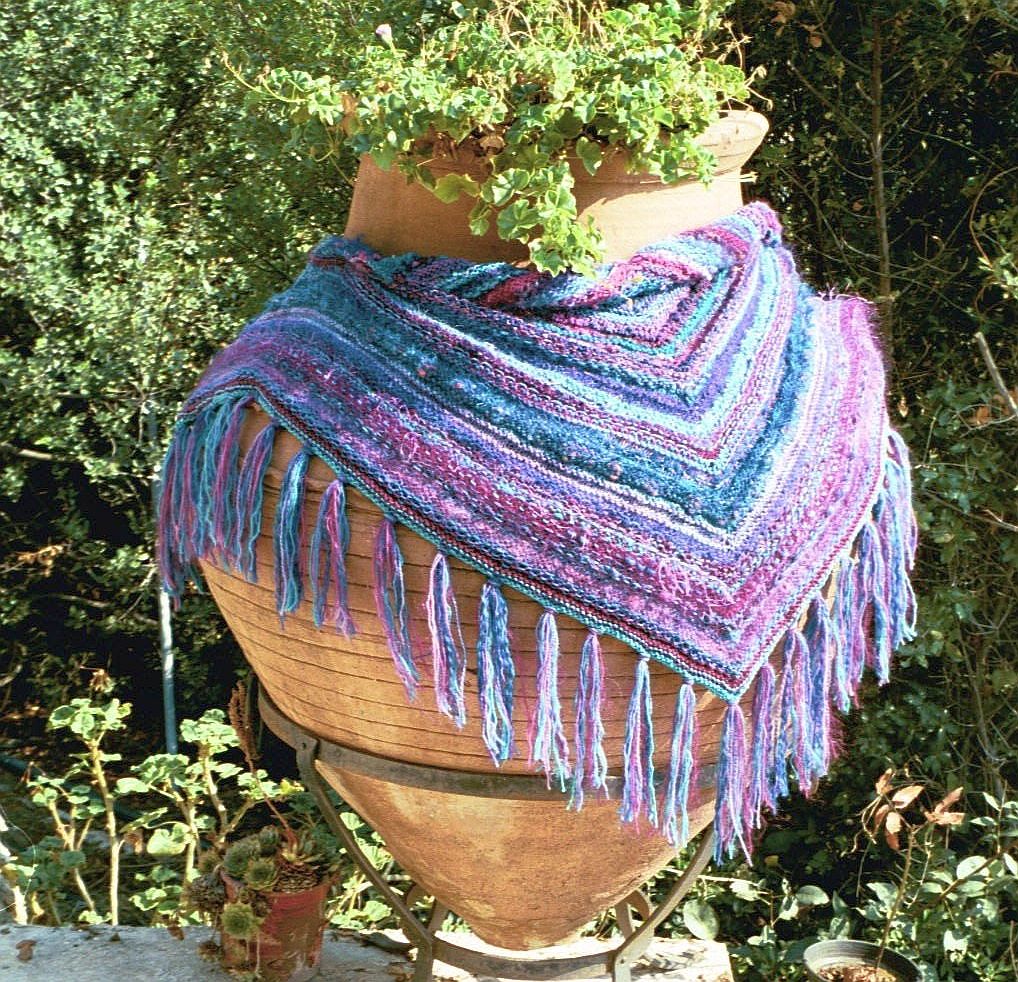![P1240180 [HDTV (1080)] [1024x768]](http://chasingcentaurs.com/wp-content/uploads/2014/11/P1240180-HDTV-1080-1024x768.jpg)
The mosaic floor is of superb quality. Only imagine the skill and expertise required to carry out the back-breaking work of assembling the scene. I wonder if the pebbles were collected and sorted for the artist by helpers? One would think so. This National Geographic article gives a brief description of the mosaic.
Persephone, daughter of Demeter and Zeus, featured prominently in Greek mythology, though the concept of a goddess responsible for the rebirth of plant growth in the spring has a history which predates the latest versions of the Greek myths; birth and death have always preoccupied Man’s mind.
![P1240162 [HDTV (1080)] [1024x768]](http://chasingcentaurs.com/wp-content/uploads/2014/11/P1240162-HDTV-1080-1024x768.jpg)
But he tricked her, of course – Greek myths are big on tricks and treachery!
He fooled her into eating some pomegranate seeds, with the result that her freedom came with certain conditions: six months on Earth, six months with him as Queen of the Underworld. Thus did the ancient Greeks explain the seasons.
![P1240146 [HDTV (1080)] [1024x768]](http://chasingcentaurs.com/wp-content/uploads/2014/11/P1240146-HDTV-1080-1024x768.jpg)
Some years ago I knitted my friend a shawl in what has become my signature style, using many colours and textures of yarn; the original shawl is featured in my first book (2000).
We were photographing this one in late Fall before Aeolus, that normally nimble god of the wind, had dispersed all the Bougainvillea blooms, and together with a bowl of pomegranates on the table – the colours were irresistible. So much fun setting up the pictures!
![56971_18 [1024x768]](http://chasingcentaurs.com/wp-content/uploads/2014/11/56971_18-1024x768.jpg)

Did she knit brightly coloured shawls to cheer her through the dark dismal days in Hades?
